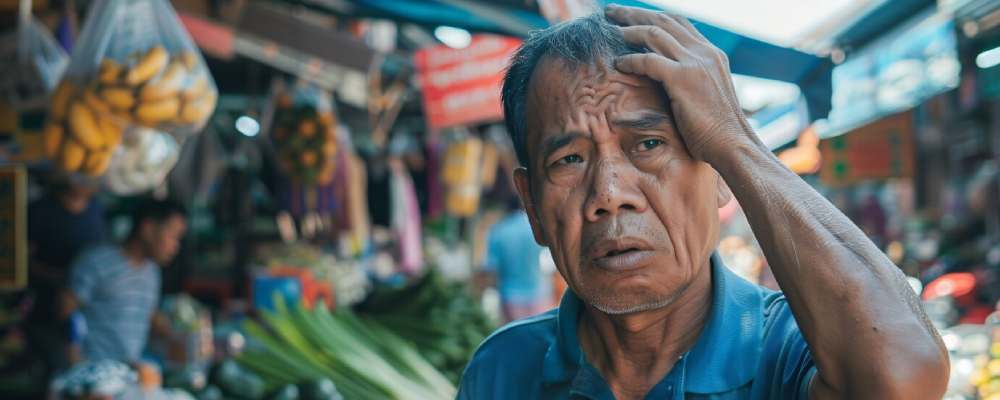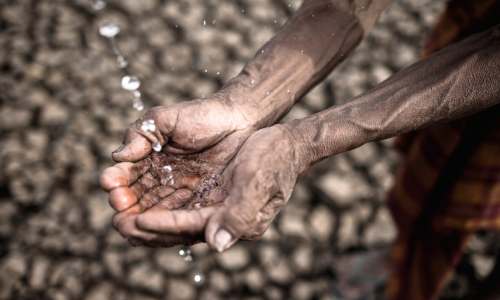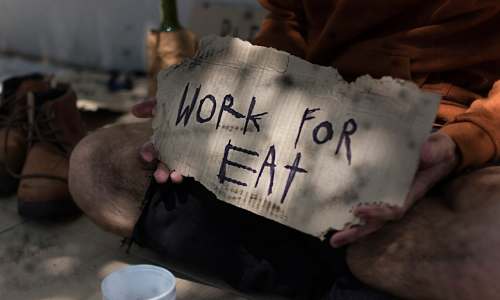Reduction in Poverty – Charting an Upward Trajectory

Poverty ravages many nations, negatively affecting the quality of life of citizens and residents. Wealth margins further exacerbate the issue, forcing poor people to work even harder to survive. But is this the case in Japan? If so, what solutions could alleviate the problem?
Understanding the Poverty Crisis in Japan
When people think of Japan, they think of innovation and efficiency. After all, it is a world leader in these aspects and continues to hit milestones that other countries can only hope to emulate. However, underneath the thriving industries, there is a growing problem. Per the World Bank’s report, at least 15% of the people living in Japan are below the poverty line. Given a population of 126 million, this means that at least 19 million people are poor. While this problem affects a wide range of people, statistics show that children and single women make up most of this poor population.
But what does poverty entail in this country? While it may not have a standard measure, reports show that anyone earning less than the median household income ($45,000 based on a 2021 census) falls under the poverty line. So, what causes the disparity in the country?
Poor investment in human capital
Many people in the country work jobs that do not pay them much in relation to their input. What’s more, many of these jobs are temporary and do not offer workers the security they need to invest in themselves, which forces many people to depend on their earnings.
Gender politics in the workplace
Did you know that women earn less than their male counterparts in most countries? This problem also exists in Japan, where women are more likely to land lower-paying jobs. This bias is especially common when it comes to single mothers.
Changes in family setups
Many households are able to live above the poverty line because they have two income-earning members. But those that don’t, e.g., single parents, must work harder to balance their work and families, which makes it challenging to meet all their needs, pushing them below the poverty line.
The general economy
Like many nations, Japan’s economy has also been through some stagnation in the past, which has affected its ability to create more and higher-paying job opportunities for its citizens.
Solutions for a Better Future
Poverty does not just affect one person. Rather, its effects spill into society, affecting everyone. As such, finding sustainable ways to address this problem is the only way to move forward as a country. So far, Japan has implemented the following measures with success:
- Social welfare: Anyone who lives below the poverty line is eligible to apply for these programs, which provide assistance to help people meet their needs. It mainly caters to people who earn low wages, those in between employment, and those who can no longer work, e.g., the old.
- Free government services: Access to basic needs such as education and health can be challenging for people who have limited resources. The government understands this and thus offers these services for free to people who cannot afford to pay for them. This assistance eases the financial impact of these needs while allowing people to enjoy a good quality of life.
- Affordable housing: Many households spend a big chunk of their income on housing, which can be unattainable to people with lower wages. Unfortunately, poor housing exposes people to health conditions. The government has initiated incentives to provide low-cost housing to people who qualify for such subsidies, thus enabling them to get good shelter, which promotes better living.
- Training and education: Low wages are to blame for most of the poverty in many households. However, as industry reports have shown, people with industry-level training and education can secure employment opportunities that pay them well, whether in the country or abroad. The government facilitates this upward move by providing training and education support, especially to people who are already at a disadvantage, e.g., young adults and single parents.
- Community projects: While the government does a lot to deal with the poverty crisis, more aid is necessary to help those affected. Community initiatives often step in to help those most vulnerable to poverty and help them meet their needs. Most of these projects focus on equipping them with the opportunities they need to get out of tough situations and work towards a better future.
Conclusion
Poverty not only affects one’s quality of life but also sets them up for challenges in the future. Most of the poverty in Japan results from systemic issues that, once addressed, can open up the country and its people to better opportunities. Already, the government has been working to right its wrongs but it has a long way to go – it will hopefully get there with the help of more stakeholders.


